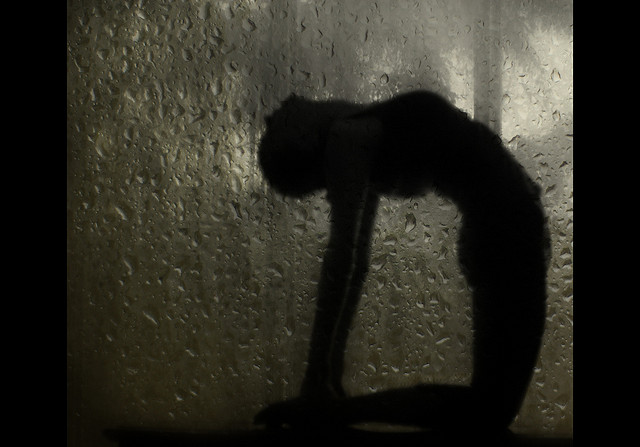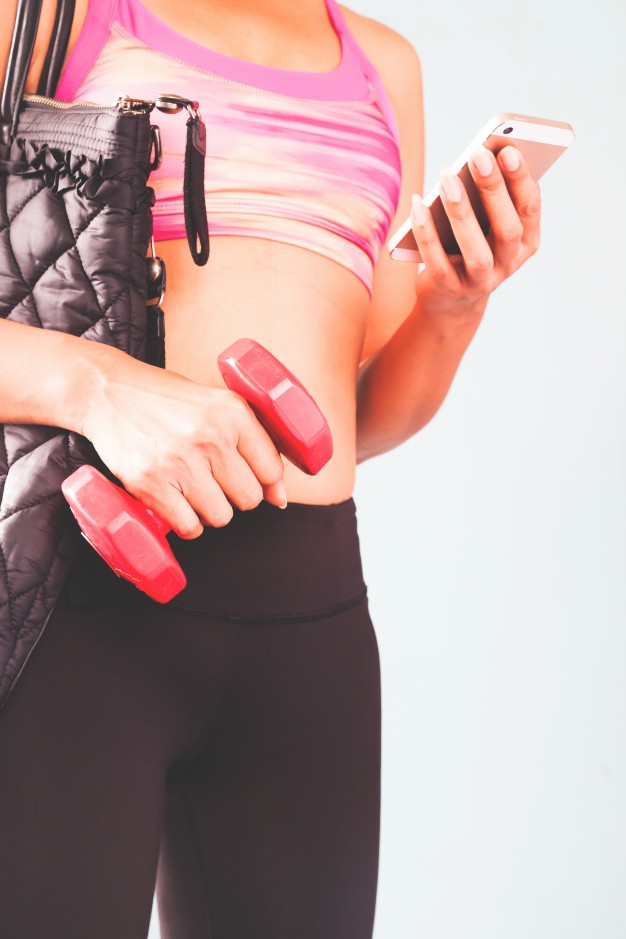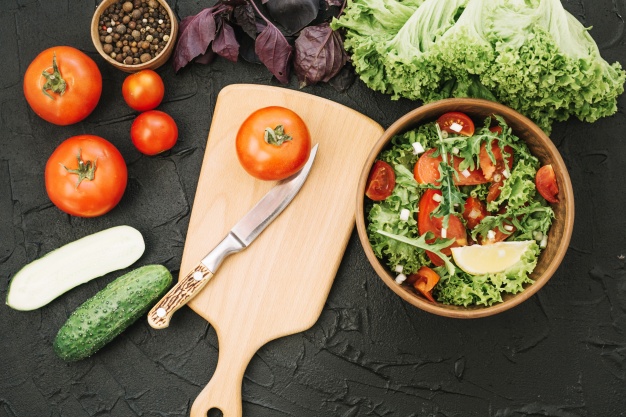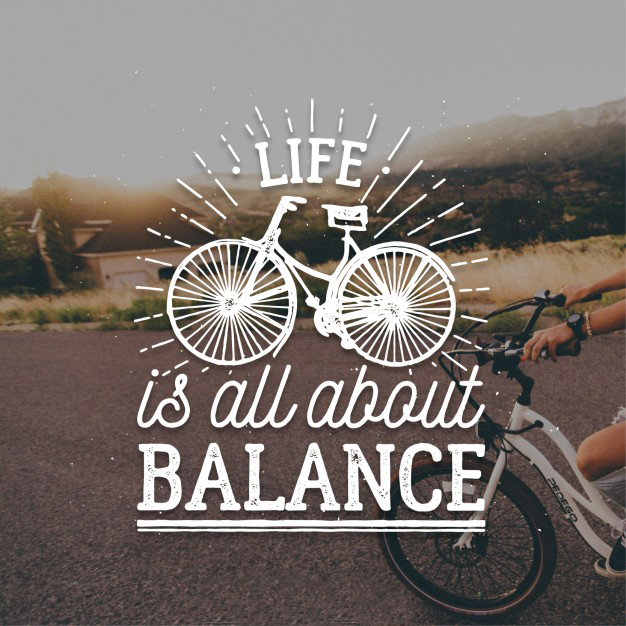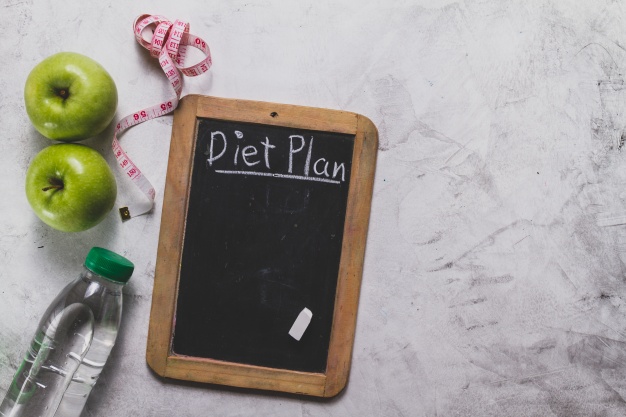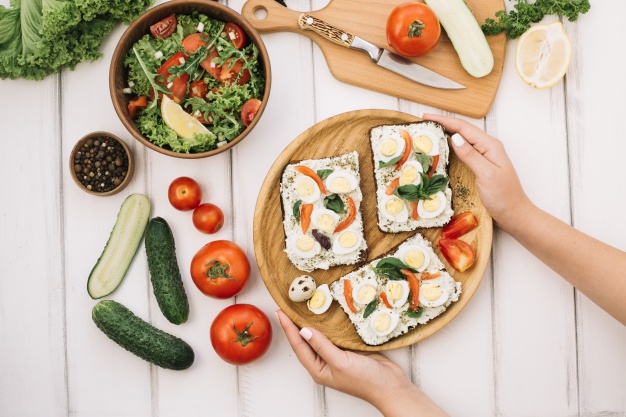With all the parties and social obligations, your days will soon get shorter and nights, longer. In this season of bling, excesses and over stimulation, what’s the best possible way to get that healthy, cared-for glow? A small early Diwali present in the form of some invaluable, tried-and-tested health advice…
FOOD
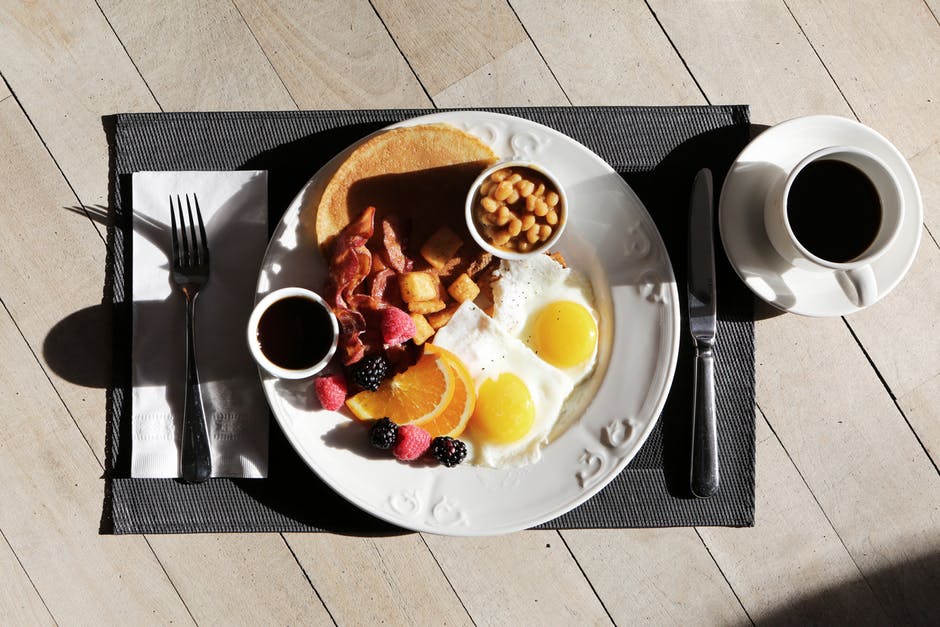
If you are not used to a healthy eating pattern, it’s hard to start strict regimens during a season littered with temptation. Having said that, you can always be one step ahead of your metabolism by breaking up the four meals a day -break fast, lunch, dinner, tea-time snack -into eight smaller meals, spread through the day. This way, you ensure that you eat every two hours. Keep in mind that just like walking, running or jumping, digestion also burns calories. Eating smaller meals pushes your body to burn more calories from the same food, giving your body a workout on the inside. Eating every two hours may also help you lose a little weight and keep your cravings under control. Also, keep your antioxidant quotient high, and focus on drinking vegetable juices, not fruit juices (high in sugar).
And, whatever you do, don’t starve your body into submission in order to knock a few kilos off. Just be smart about what and how you eat. Don’t be afraid of food. Always remember that food is your friend, not enemy.
EXERCISE
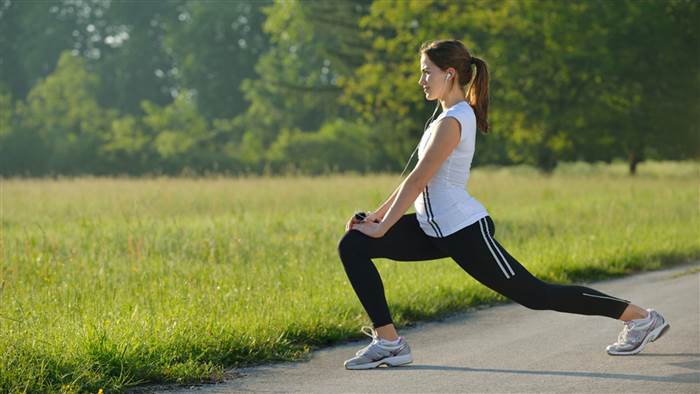
It’s never too late to start a daily 60-minute cardio session as a run-up to the season. Exercise helps to pump up your metabolic rate by almost 20-30 per cent sometimes, enabling you to digest better and burn the little and bigger treats that you allow yourself this season. Blood also rushes to your skin when you exercise, providing it with that much-needed glow. Not only do you lose weight, you also look fresh and young. You can never go wrong with exercise, no matter when you start.
SLEEP
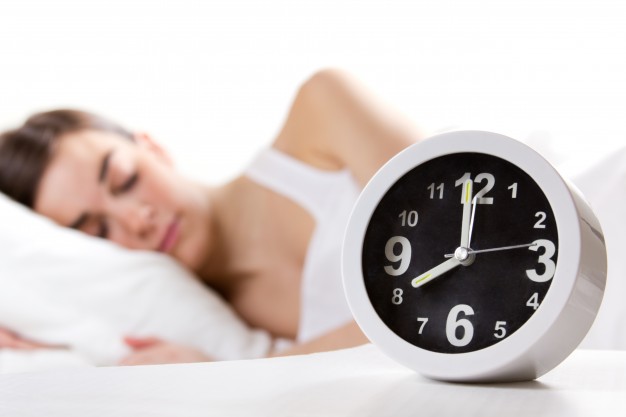
‘Tis the season to be drowsy. Diwali can bring about heavy sleep deprivation because of late nights and compulsive socialising. If you are already cheating on your sleep even before you are well into the season, catch up now to shore up for the inevitable sleep debt that will pile up. Sleep is vital for your body though its importance is quite undervalued.Your body heals and repairs itself when you sleep, and this includes your skin. There is also a strong and undeniable link between sleep and obesity. Do note that when your body reaches 24 hours of sleep debt, it tends to crash, causing conditions like flu or viral.
WATER
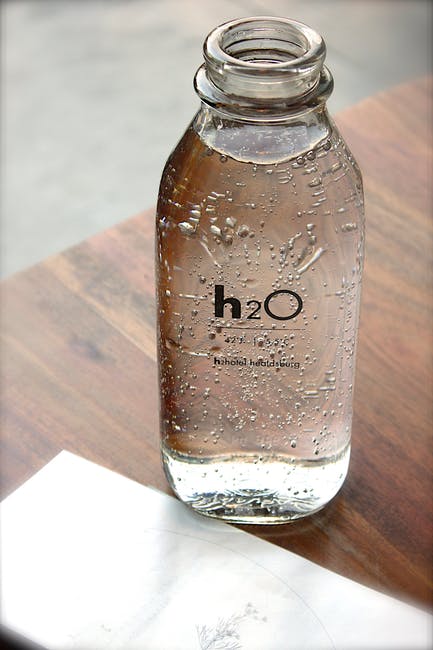
Make-up cannot hide dull, dehydrated skin. For a natural glow, don’t just drink the pink stuff in the daiquiri glasses, glug as much water as you can a minimum of two litres a day. There’s also the trend of special `detox water’ doing the rounds, claiming you can lose weight just by drinking it. My take on it is that while you may or may not lose weight on detox water, you’ll definitely be well hydrated. Since there is a link between hydration and weight loss, you may just lose weight anyway.
Your brain’s thirst and hunger centers are so close together that sometimes you eat because you are thirsty. Adequate hydration means that you won’t confuse thirst with hunger which leads to more thoughtful eating.Take care of yourself this Diwali for a great year ahead. On your marks. Get set and glow.



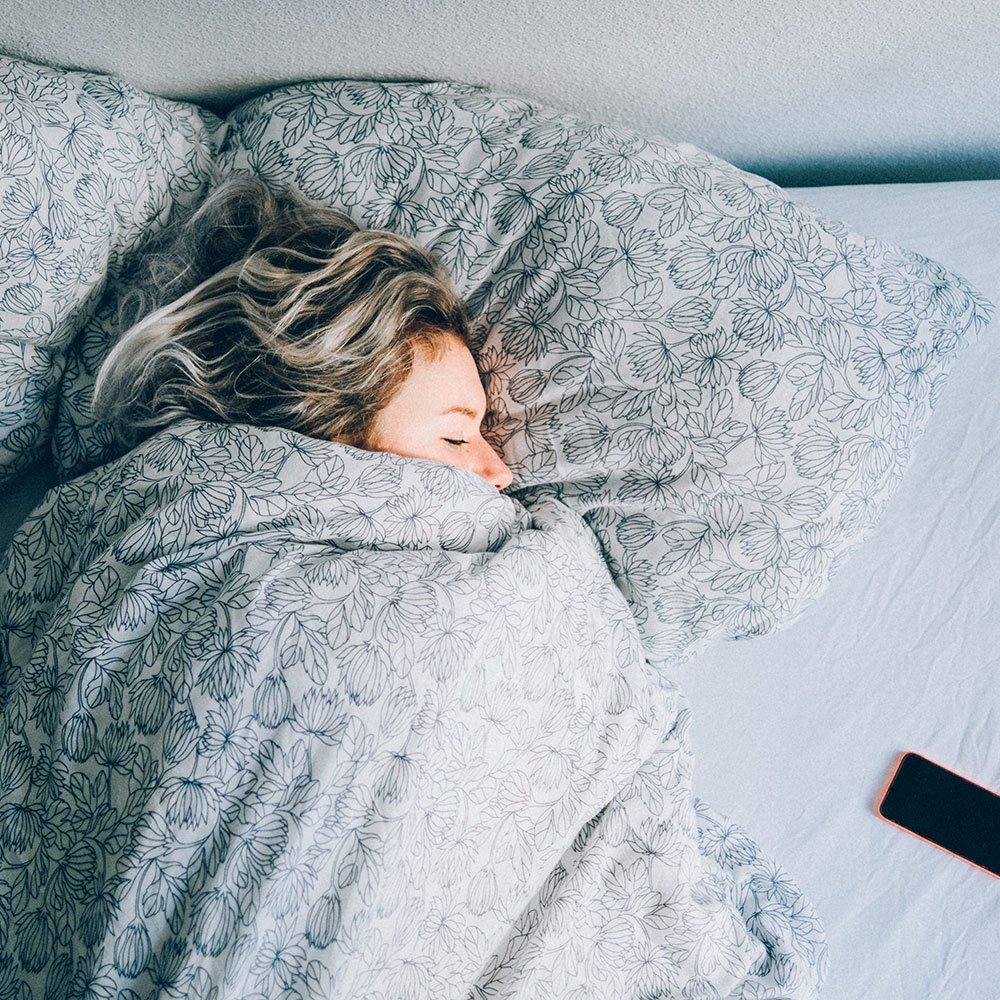
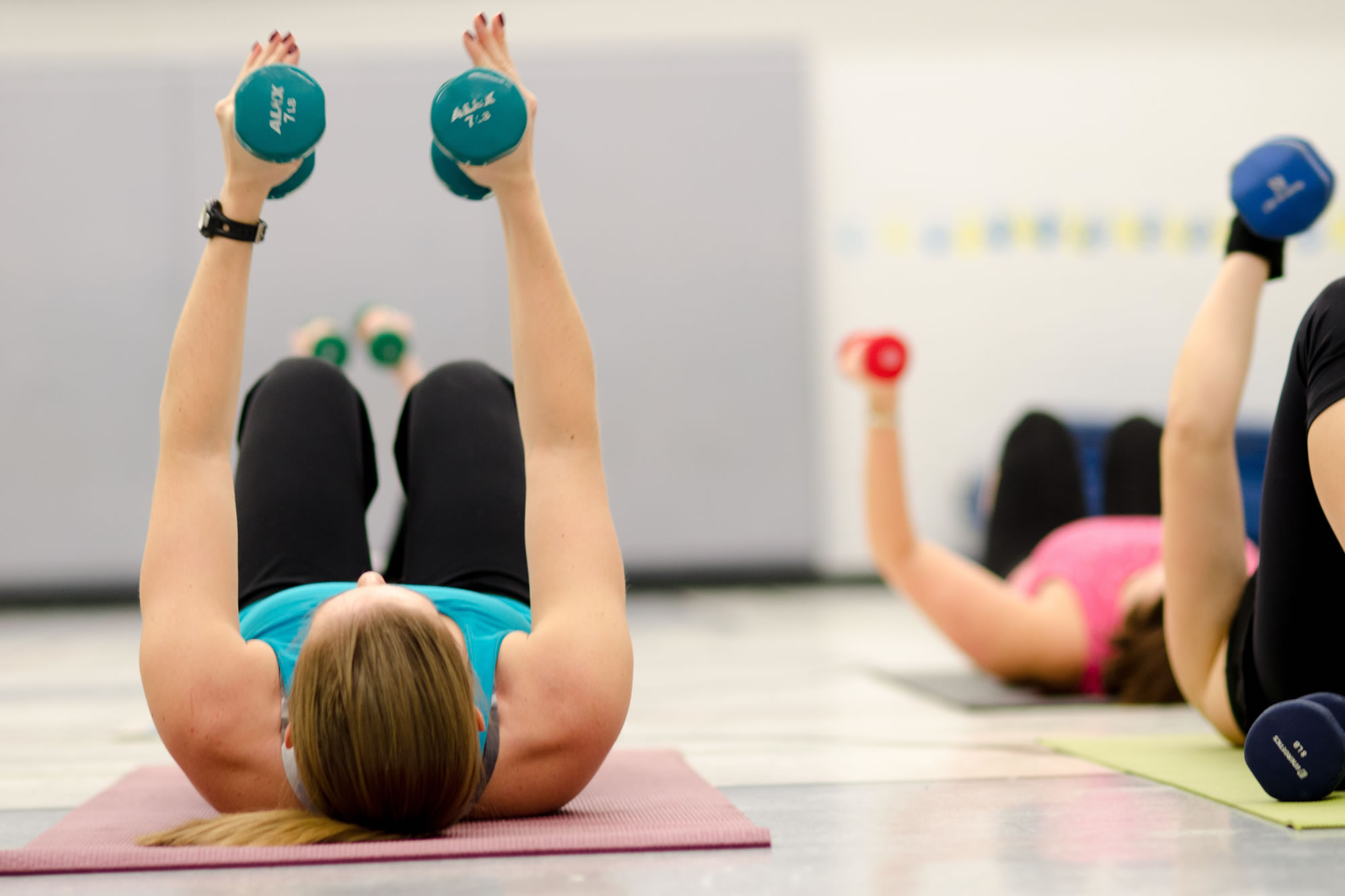
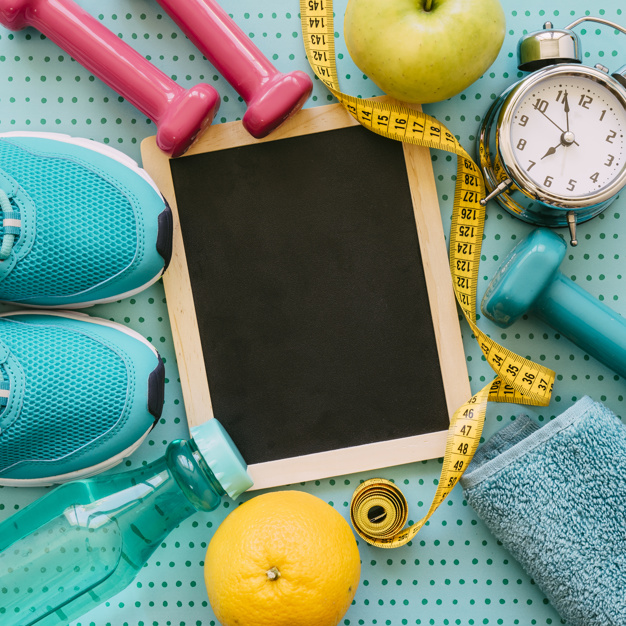 Traditionally, men’s fitness has always been associated with getting bigger and not smaller.From the days of Rocky Balboa and John McClane to Vin Diesel and John Statham, big beefy guys defeated the bad guys and got the girls. The notion of fitness with getting thinner -and not beefier -is a relatively newer phenomenon for men, who, like women, are putting on more weight because of a sedentary lifestyle.
Traditionally, men’s fitness has always been associated with getting bigger and not smaller.From the days of Rocky Balboa and John McClane to Vin Diesel and John Statham, big beefy guys defeated the bad guys and got the girls. The notion of fitness with getting thinner -and not beefier -is a relatively newer phenomenon for men, who, like women, are putting on more weight because of a sedentary lifestyle.
